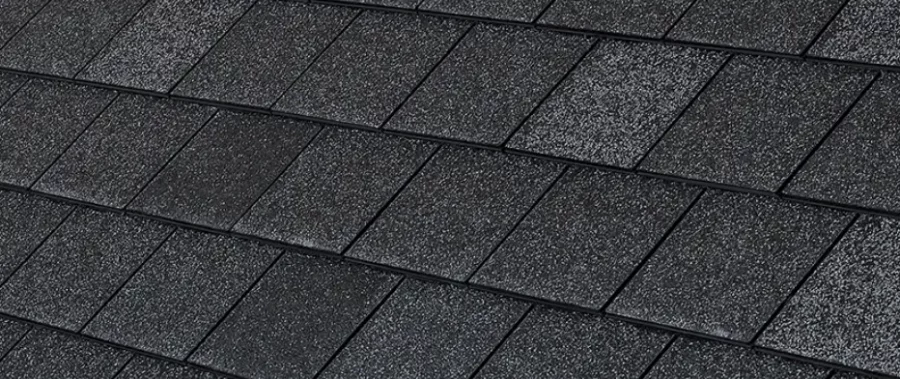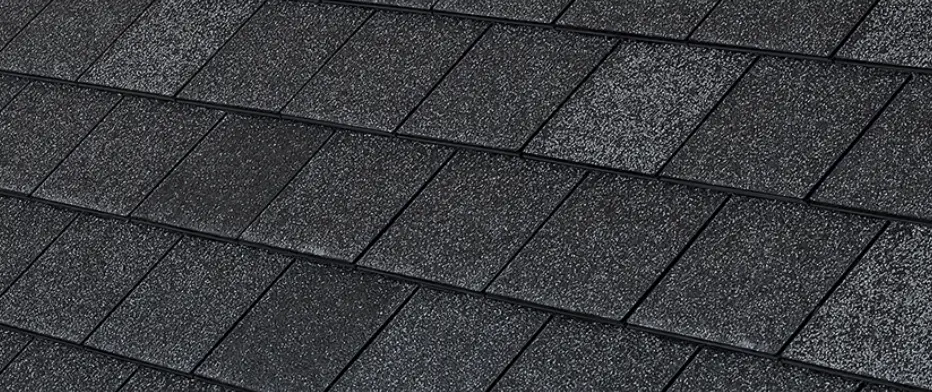The humble asphalt shingle was one of the unsung heroes of the 20th century. It made affordable, good-quality roofing available to many and was the preferred option of roofers in Great Falls, Montana for many years.
However, this roofing material has met its match. This guide examines how it stacks up against polymer composite shingles and helps you determine which is right for you.

Polymer Composite Shingles vs. Asphalt Composite Shingles: Which Is Better?
Should I Upgrade from Asphalt Shingles?
During its reign, it became clear that asphalt wasn’t a perfect solution. Great Falls, MT roofers note common issues such as:
- Relatively short lifespan
- Vulnerable to strong winds
- Protection declines as granules detach from the top layer
Beginning in the 1980s, roofing companies in Great Falls, MT have found that polymer composite shingles combat many of these issues. So does this method offer more protection for your money than asphalt?
What Are Polymer Composite Shingles?
Polymer composite synthetic shingles consist of layers of different manufactured materials, which may include fiberglass, strengthened plastic, and rubber. Contrast this makeup to the organic asphalt alternative, where “composite” simply denotes multiple layers.
Great Falls, MT roofers often recommend the synthetic variety to homeowners because it mimics an attractive wood finish or other options. The synthetic materials are easy to adapt for a more appealing look without compromising the quality of the product.
A major advantage of the synthetic option for Great Fall roofers is that it is tough and requires almost no maintenance. Unlike organic asphalt, which is subject to issues from lichen growth (which can cause mildew inside the attic), polymer composite shingles rarely need attention from Great Falls roofers. The cold Montana winter can also create ice dams that prevent proper drainage and can damage traditional roofs.
Polymer options tend to be highly resilient to strong winds and adverse weather conditions like hail or strong UV light, which is not true of the traditional alternative. Asphalt shingles often take heavy damage from hail and wind as they can dislodge the upper layer of granules, which is the part that protects your home against rain and water damage. Meanwhile, asphalt absorbs UV light, creating excessive heat in your home. Polymer is far tougher and less prone to tearing in high winds.
While heavy storm damage can impact even the toughest of roofs, roofers in Great Falls, Montana advise that polymer composite shingles typically have a lifespan of up to 50 years. It’s more than double the projected lifespan of asphalt (10-20 years), which may see an even shorter lifespan when exposed to high winds and poor weather.
What Are the Advantages of Polymer vs. Asphalt?
Polymer Advantages
- Better resistance to poor weather conditions
- Unlikely to suffer from lichen build-up
- Don’t tear in high winds
- Long lifespan of up to 50 years
- Don’t deteriorate as granules fall from the top layer, exposing your home to water damage
- Offer better protection against UV light & reduced heating
Asphalt Advantages
- Affordable
- A reasonable lifespan of 10-20 years
So Which Is Better: Polymer Composite Shingles or Asphalt Composite Shingles?
Asphalt is the way to go if you are on a budget. But if you want to get the most bang for your buck, roofers in Great Falls, MT recommend polymer. You’ll get a longer lifespan and more protection for your home.

